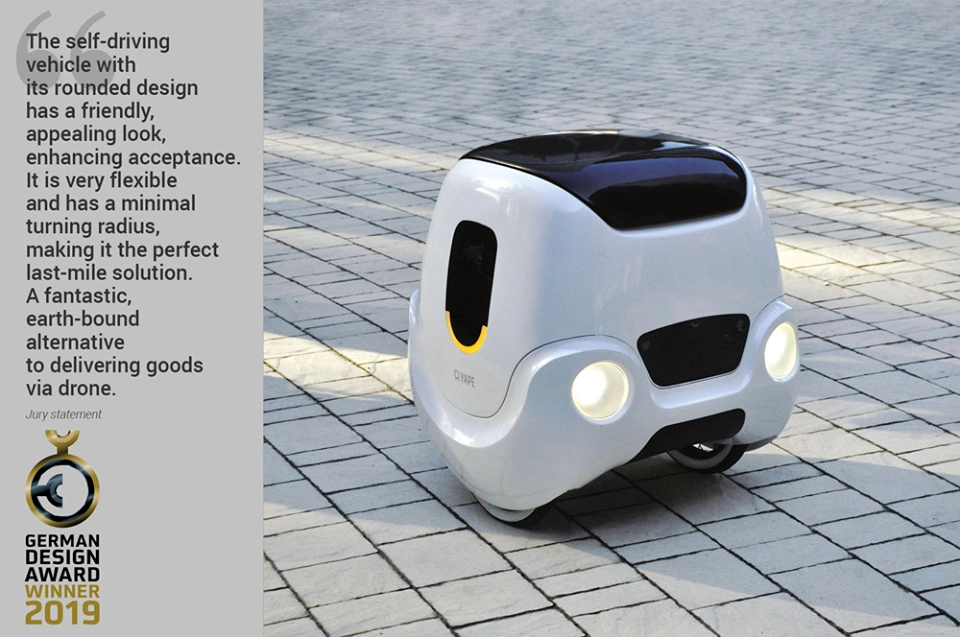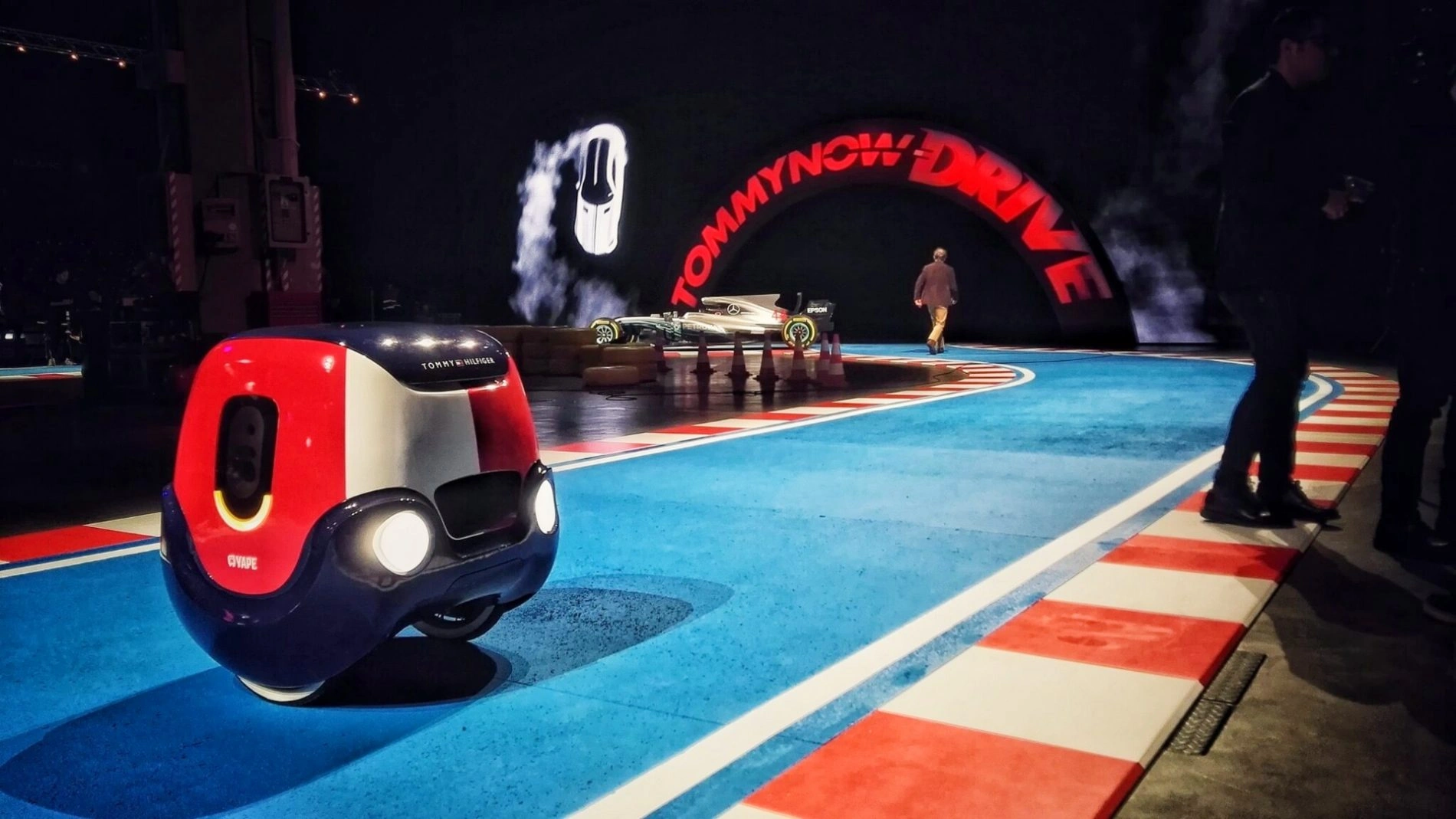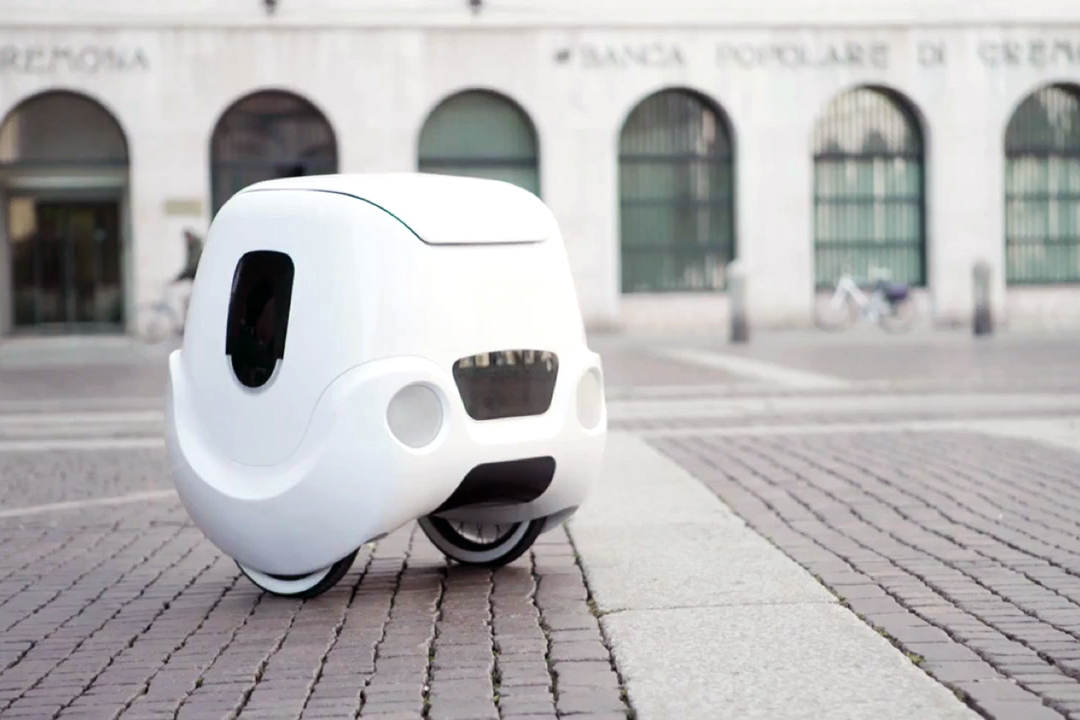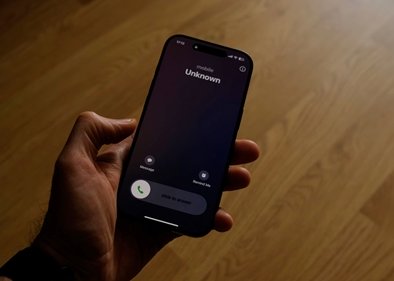On 31 January 2019, a new postman made a first delivery, in Japan’s Fukushima Prefecture.
The postman brought a package of rice to an elderly couple, after navigating an urban obstacle course.
And then paused to recharge its batteries.
Because this postman, which may change the way we think about last mile logistics, is a 70 cm (27.6 inch) tall robot.
There’s no minute – or mile – like the last.
Transporting goods around the world, electronics from Shenzhen or shoes from Chengdu, and then by sea freighter or Boeing 747 cargo jet to a warehouse near the consumer, is the easy bit.
The last stretch, to the customer’s door, can be 53% of the total shipping cost.
Plus, get it wrong, and 84% of customers won’t come back to a brand that misses their delivery.

The overland pony express / photographed by Savage, Salt Lake City ; from a painting by George M. Ottinger.
Robot horsepower
So this is why an Italian company decided to create a two-wheeled robot, called Yape.
Short for Your Autonomous Pony Express, after the innovative United States mail service. It only lasted 19 months, but carried post 1,966 miles in just 10 days, on horseback – and into history.
‘Il Postino robot’, they call it in Italian.
It can carry an 80 kilogram (176 lbs) package around harrowing urban environments, at 6 kph (3.7 mph) on the pavement or 20 (12.4 mph) on a bike path.
And this R2D2 postman, which itself only weighs 15 kilograms (33 lbs), can run for over nine hours.
Two wheels mounted on a tilting system mean it can turn on itself. Its sensors detect humans and obstacles in the road.
It has an electronic lock, which opens either with a password, or by face or fingerprint recognition.
If it judges someone has tried to steal it, it will suspend its activities, remain closed, and send an alarm signal to its central control station.

Comments from the German Design Award 2019. Photo credit: e-Novia
Birth of a robot
The Yape project was born in December 2016, says Vincenzo Russi, chief executive of Milan-based e-Novia.
A group of PhD students at the Polytechnic Institute of Milan were working on control concepts for automatic vehicles, and had the idea of a delivery robot, he says.
Italy’s Eldor Group quickly saw the potential of the technology, which could let delivery companies dispense with cars and drives. Eldor invested €6 million, as an important early backer.
As an electric vehicle, it’s much less polluting than diesel-fueled delivery trucks.
It can go 80 km (50 miles) without a recharge.
And for Yape, its inventors won the 2019 German Design Award recently. The judges praised its clean and uncluttered curvilinear design.
Driving tests
A company with something to deliver can summon Yape through an app.
Then, when it arrives, the sender can place a parcel or parcels inside its empty luggage compartment, and send Yape on its way.
The sender indicates the delivery address on the app, and Yape will only open to the sender or recipient, both of whom are given identification credentials.
Navigating pavements, bike paths, and pedestrian areas without needing beacons or optical or magnetic guides in the environment was the biggest technological challenge, says Mr Russi.
Part of the solution was kitting Yape out with enough sensors to create a 3D map of its environment, he says.
Yape carries video cameras and laser sensors.
The other part, once it’s mapped holes in the road, accidents, and construction side, is using cognitive algorithms to calculate an optimal path forward for Yape through this environment, Mr Russi says.

Yape partnered with Tommy Hilfiger to make deliveries to famous influencers at the brand’s TOMMYNOW experiential fashion event at Milan Fashion week 2018. Picture credit: e-Novia
Japanese takeaway
Japan Post is hoping it can have a long-term partnership with its new intern postman.
Japan has a labour shortage thanks to low birth rate and an ageing population, giving it more reason than other countries to explore robot labour.
And the city where Yape is serving its postal apprenticeship, Minamisōma, was severely damaged during the 2011 tsunami.
A coastal area of 50 hectares in Minamisōma has now been set aside as a robot and drone test site.
The prefectural government hopes the Fukushima Robot Test Field, which includes a drone runway, will be completed by next spring, just before Japan hosts the 2020 Summer Olympic Games.
Meanwhile, in the US it’s being tested in mass market retail outlets, in Europe it’s trialling food delivery, and in Italy it is undergoing 5G trials with Poste Italiane, the Polytechnic University of Milan, and Vodafone Italia.
The narrow cobbled alleys of Italian historic centres give the robot a proper test, says e-Novia.
The two-wheel design, which lets it turn on the spot, navigate kerbs and tram lines, and other small gaps is helping Yape get around cities like Milan.
5G a robot delivery gamechanger
The rise of 5G mobile networks will help Yape enormously, says e-Novia.
It will speed up the robot’s remote navigation to near real-time, says e-Novia’s innovation manager Filippo Galanti.
It also will let the on-board video camera convey a higher resolution feed to its control centre, he says.
And map updates and improved driving algorithms back to the vehicle.
Overall, it should make Internet of Things (IoT) communications “real and available for all users inside a city”, says Mr Russi.
Both delivery robots and cars will be able to communicate directly with a city’s smart infrastructure, like traffic surveillance cameras and traffic lights.
And delivery robots can also connect to the 5G network to monitor traffic, like pedestrians with next generation smartphones.
The result will let them optimise delivery paths and avoid high-traffic areas, he says.
The changing last mile
The delivery market is expected to grow in the next two years from 36 to 42 billion parcels a year, says Mr Russi.
Mainly this is because of the growth of home delivery and e-commerce.
“We see many other technical solutions being tested in the last mile delivery landscape,” many of them promising, he says.
Drone delivery is “an increasing trend”, and “we expect an enormous increase of drone demand”. But mixing vans with cargo-bikes will “be the most promising evolution of deliveries in metropolitan areas,” he says.
The last mile will see increasing innovation in the coming two years as 5G, drones, and autonomous vehicles unlock new delivery options, and the growth in online delivery services unleashes new demand.
Regardless of this – the avant-garde robot designed in Italy’s fashion capital may well be impossible to beat for style.



























